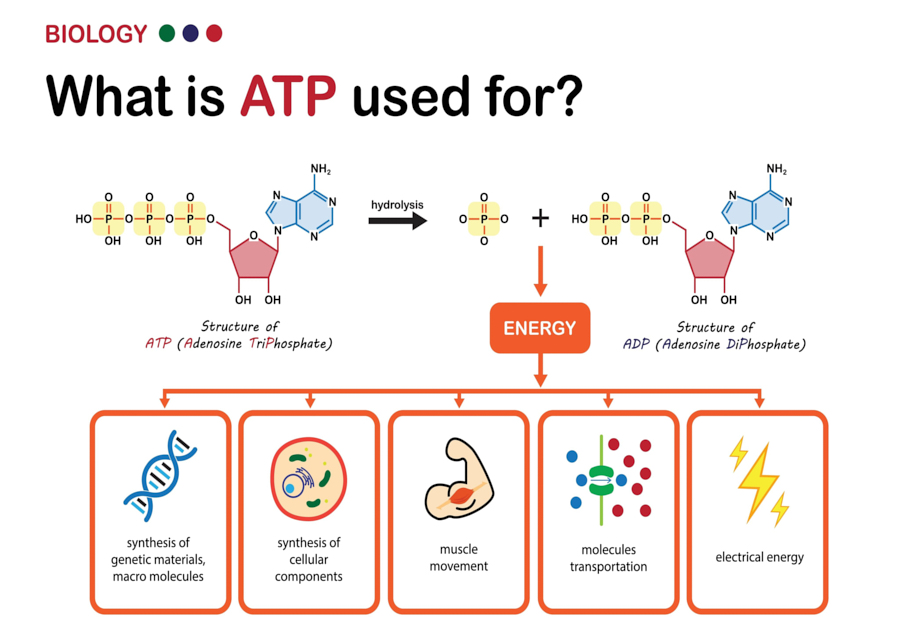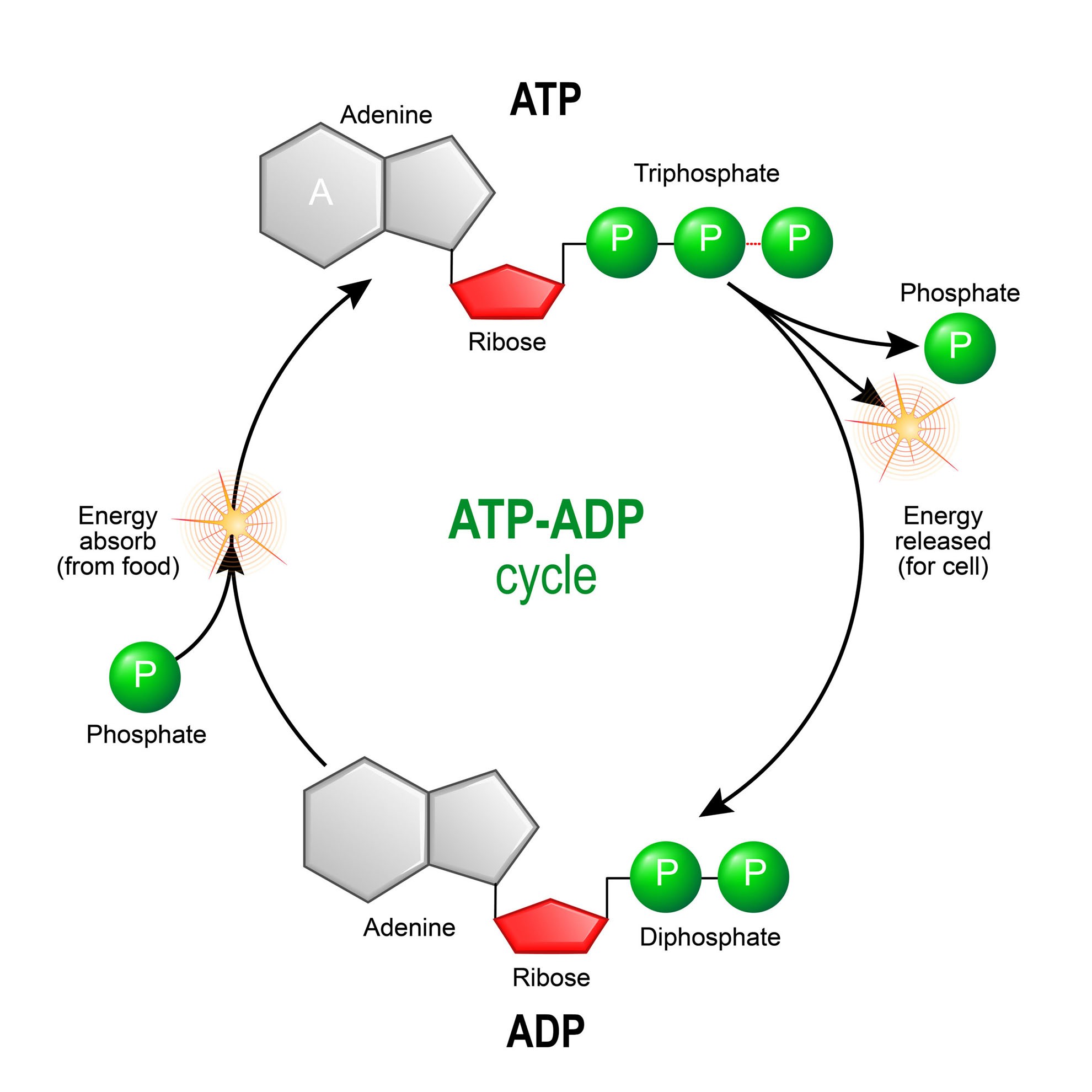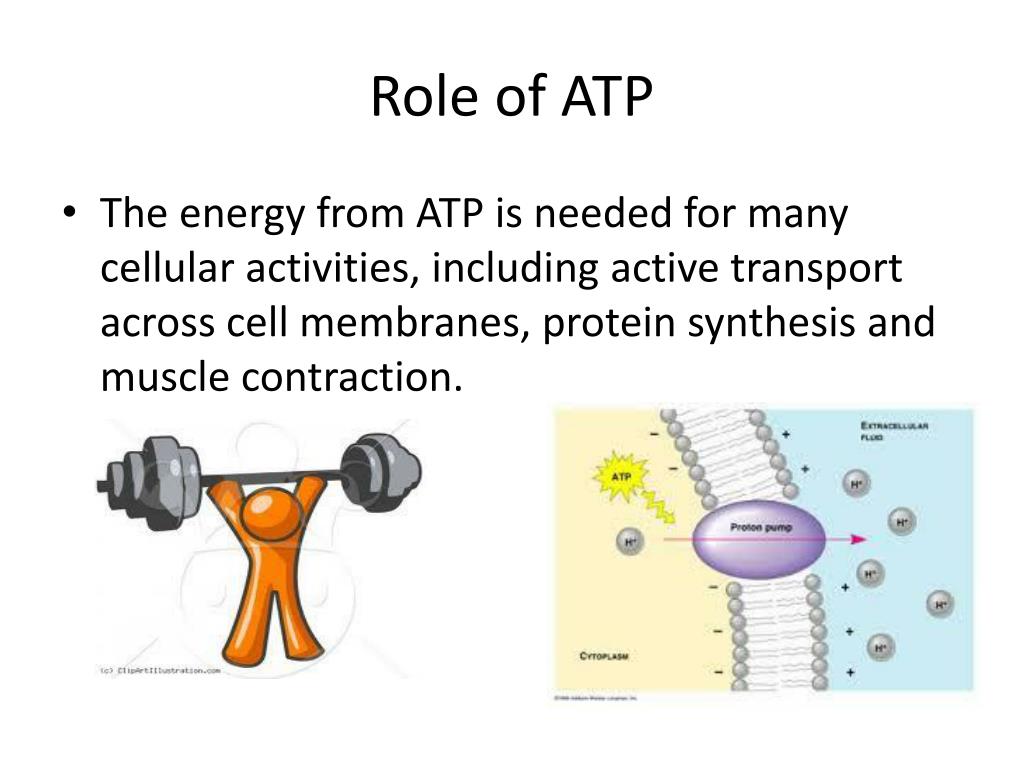Atp Is Important To Cellular Processes Because It

In the intricate machinery of life, a molecule named adenosine triphosphate, or ATP, quietly orchestrates a symphony of energy transfer, fueling the myriad processes that sustain every living cell. From the contraction of a muscle to the transmission of a nerve impulse, and even the synthesis of new proteins, ATP serves as the universal currency of energy, powering the cellular world.
ATP's central role in biochemistry makes it not just a molecule of interest to scientists, but a fundamental component underpinning all life forms. Understanding its importance is crucial for comprehending how our bodies function, and how new treatments can be developed to combat diseases that affect cellular energy production.
The Molecular Battery: What is ATP?
ATP is a complex organic chemical composed of adenosine – itself a combination of adenine (a nitrogenous base) and ribose (a five-carbon sugar) – and three phosphate groups. It's the bonds between these phosphate groups that hold the key to ATP's energy-releasing capabilities.
When a cell needs energy, ATP undergoes hydrolysis, a process where a water molecule is used to break off the terminal phosphate group. This releases energy and transforms ATP into adenosine diphosphate (ADP), or adenosine monophosphate (AMP) if two phosphate groups are removed.
This released energy is then harnessed to drive other cellular processes.
ATP in Action: Powering Cellular Processes
The energy derived from ATP hydrolysis fuels a vast array of cellular functions. These functions can be broadly categorized into mechanical work, transport work, and chemical work.
Mechanical work includes processes like muscle contraction and the movement of cellular structures. For example, the sliding of actin and myosin filaments during muscle contraction is directly powered by ATP. Without ATP, muscles would be unable to contract, leading to paralysis.
Transport work involves moving substances across cell membranes against their concentration gradients. Membrane proteins act as pumps to actively transport ions, sugars, and other molecules. This requires ATP to provide the energy needed to overcome the concentration gradient.
Chemical work encompasses the synthesis of complex molecules from simpler ones. This includes protein synthesis, DNA replication, and the production of other essential biomolecules. These anabolic reactions require energy input, which is supplied by ATP.
The Energy Cycle: From Food to ATP
The continuous demand for ATP within cells necessitates a constant supply. ATP is not a storage molecule, but a molecule that is constantly being recycled. Therefore, living organisms must continually replenish ATP through metabolic pathways such as cellular respiration and photosynthesis.
Cellular respiration, which occurs in the mitochondria of eukaryotic cells, breaks down glucose and other organic molecules to generate ATP. This process involves a series of interconnected reactions, including glycolysis, the citric acid cycle (Krebs cycle), and oxidative phosphorylation.
Photosynthesis, carried out by plants and some bacteria, harnesses the energy of sunlight to synthesize glucose from carbon dioxide and water. This glucose can then be used to generate ATP through cellular respiration.
The Consequences of ATP Deficiency
Given the importance of ATP, disruptions in its production or utilization can have severe consequences. Conditions that impair ATP synthesis can lead to a range of health problems, affecting energy-demanding tissues such as the brain, heart, and muscles.
Mitochondrial diseases, a group of genetic disorders that affect the mitochondria, are a prime example. These diseases often result in reduced ATP production, leading to symptoms such as muscle weakness, fatigue, neurological problems, and organ dysfunction.
Ischemia, a condition where blood flow to a tissue is restricted, can also impair ATP production. This can lead to tissue damage and cell death, as seen in heart attacks and strokes.
"Understanding the complexities of ATP metabolism is crucial for developing effective therapies for a wide range of diseases," says Dr. Eleanor Vance, a leading researcher in bioenergetics at the National Institutes of Health.
Implications for the Future
Ongoing research continues to unravel the intricate details of ATP's role in cellular processes and disease. Scientists are exploring new ways to enhance ATP production in cells, potentially leading to treatments for mitochondrial diseases and other energy-related disorders.
Furthermore, understanding how ATP regulates various cellular pathways could open new avenues for drug discovery. By targeting specific enzymes or proteins involved in ATP metabolism, researchers may be able to develop more effective therapies for cancer, neurodegenerative diseases, and other conditions.
The humble ATP molecule, despite its small size, holds immense power and significance. Its continuous cycling and its essential role in life underscore the beauty and complexity of the biological processes that underpin our existence. Its future research will undoubtedly lead to new breakthroughs in medicine and our understanding of life itself.














.jpg)



